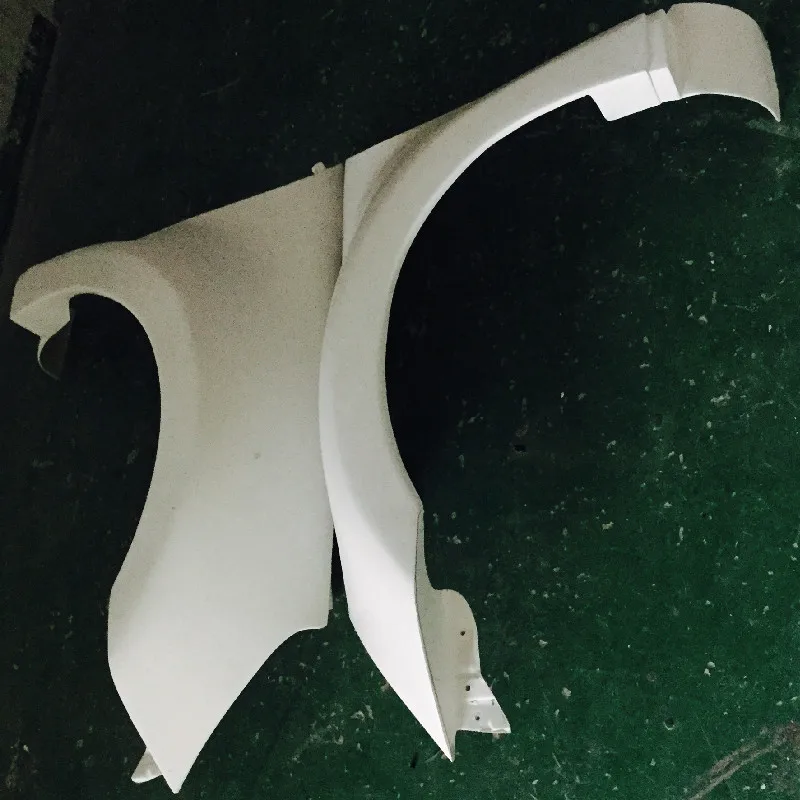JavaScript is disabled. For a better experience, please enable JavaScript in your browser before proceeding.
1 - 20 of 23 Posts
1 - 20 of 23 Posts
Top
If you’re wanting to change the look of your ATV without needing to spend the money to buy all new plastic body parts, one option is to paint the existing plastics. There’s a quick and easy way to get this done, and a longer more professional approach. Either way, it’s cheaper and more rewarding than buying new ATV plastics all together.
Most ATVs come with colored plastics already, maybe with some printed graphics on them. Some ATVs may even have hydrographics or water transfer printing done. This can lead to some pretty cool designs that would be almost impossible for the average person to recreate with spray paint or other painting methods. I go over hydro dipping in more detail below.
In general, to paint ATV plastics, you’re going to need to clean the plastics and sand them down, then remove contaminants in the plastic that prevent paint from sticking.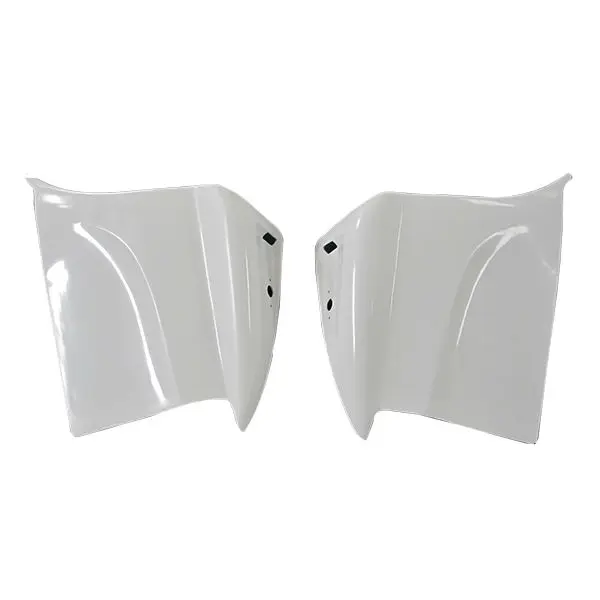 After you’ve done that you’ll want to use a primer, paint, and top coat to seal and protect the paint job. I will go more in depth below with a step by step guide.
After you’ve done that you’ll want to use a primer, paint, and top coat to seal and protect the paint job. I will go more in depth below with a step by step guide.
If you don’t want to go through all that trouble, there is a quicker method. It probably won’t last as long as taking the professional approach, but it works well. Before you begin either method, you’ll want to make sure your plastics are in good condition. Check out this article on Repairing ATV Plastics if you want to fix them up a bit before painting.
This method is the easiest most straight forward way to paint your ATV plastics. Simply get a can of this Krylon Fusion Spray Paint For Plastic from Amazon. It can’t get much easier than just spray painting right?
You will first need to take all the plastic pieces off the machine that you want to paint, unless you’re really good at taping off the painting area. Every time I try to just tape off the area, I end up still getting paint where I didn’t want. It’s up to you on this one, I take the plastics off the quad from now on.
It’s up to you on this one, I take the plastics off the quad from now on.
It’s also easier taking the plastics off because you need to clean them before applying paint. It’s best to use a bucket of warm soapy water, take extra care to get all of the dirt and grime that will prevent the paint from sticking. Use a rag or sponge to thoroughly clean the plastic parts.
Krylon claims that you don’t need to apply a primer before painting with Krylon Fusion paint. I’m a little skeptical about that, but it’s up to you. I’ve just seen the paint last longer when a primer is used. You might be ok if you’ve cleaned the plastic well enough.
Now you’re ready to paint, I’ve done this before by hanging the plastic from a tree with a rope. But this can also be done by simply laying the plastic on a bench or outside. Try to get into an area about 65 – 70 degrees if you can to help cure the paint.
I recommend painting from the bottom up. If you spray from the top down, then when you get to the bottom the over-spray will get into the top and make it look grainy.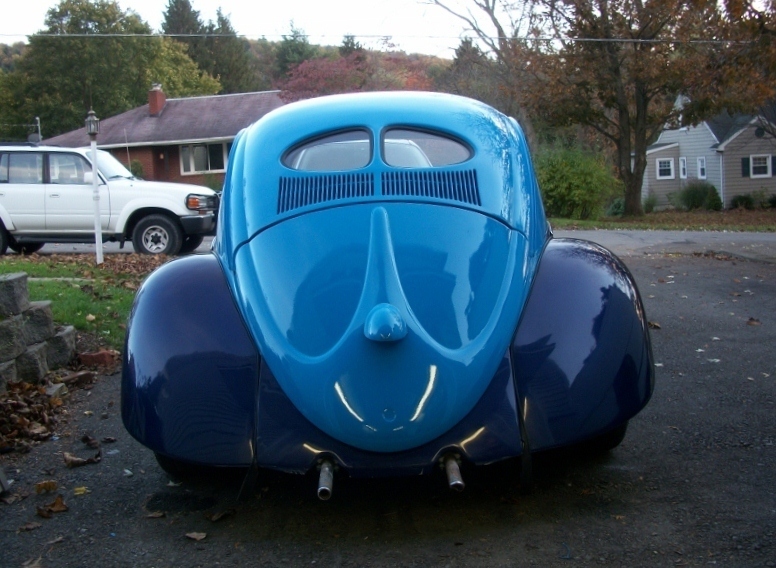 You should try to spray in light coats to avoid the paint running. If you spray too much in area the paint will lift. It’s up to you how it looks after the first couple coats if you need another one.
You should try to spray in light coats to avoid the paint running. If you spray too much in area the paint will lift. It’s up to you how it looks after the first couple coats if you need another one.
The paint itself will dry in about 15 – 30 mins but it’s recommended to wait 24 hours before handling. Also, it will take a week before the paint is chip resistant, according to Krylon.
The biggest problem with this method is it doesn’t last a long time. Chipping and cracking after a couple years is pretty common with this approach.
Hydro dipping is only in the article because I think it’s one of the coolest ways to paint something. You may have seen this before. They lay a graphics film over a bucket of water and as they dip something into the film adheres to it giving it a cool graphic design paint job.
They do sell kits you can use at home for pretty cheap, like this HydroGraphics Kit From MyDipKit on Amazon. I can’t vouch for this myself because I’ve never tried it out. I do know, to get it professional done at a place is usually gonna run you somewhere around $500.
I do know, to get it professional done at a place is usually gonna run you somewhere around $500.
I’ve seen the hydro dip paint jobs hold up pretty well too, but again, those were professionally done. Not to mention you can get some pretty awesome looking graphics on your quad. It will definitively turn some heads.
This is not that hard to do, but it will take some time. A lot of sanding, cleaning, and waiting for paint to dry. First, take all the plastics you want to paint off the machine. You can’t do this method with the plastics on the machine, it just won’t work.
Start by cleaning the plastics thoroughly with warm soapy water. This is just to get all the dirt and dust that you can off the plastic. Next sand the plastic with 180 or 200 grit sand paper. You don’t want to press hard enough to create wells in the plastics so be careful.
Over time, ATV plastic exposed to the sun and other elements will get a thin coating on them.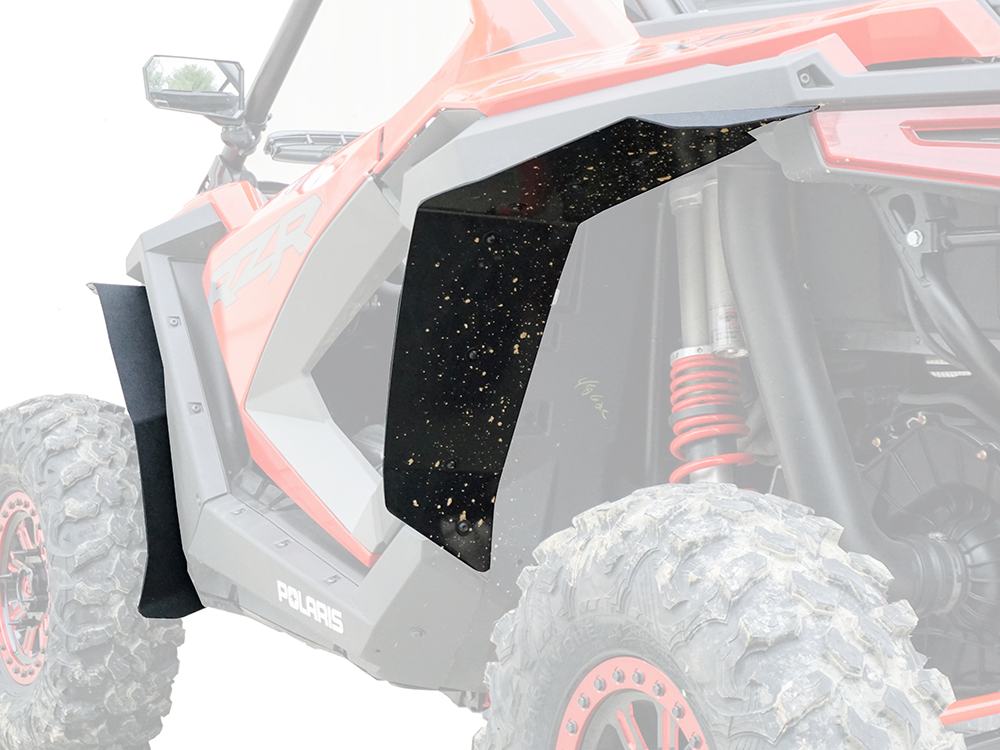 The point of this step is to remove that coating.
The point of this step is to remove that coating.
Use a scouring pad or scuff pad like they do with burnt on stuff on the dishes. Like a Scotch pad or Brillo pad. Use whatever cleaner you’d like for this step, 90 – 95 percent alcohol works or even carb cleaner if you have any laying around.
Make sure to scrub good this time, not to wear out the plastic but to get a good scrub on all parts of the plastic. This will determine how well the paint sticks to the plastic, it needs to be super clean.
You should sand with 200 grit sand paper again if you notice any spots you missed the first time around before starting with the sandblaster. Use 80 grit aluminum oxide in the sand blaster.
If you don’t have a sand blaster, sand with 400 grit sand paper and scrub again with a cleaner. It’s best to use a sandblaster, but if you can’t, do the best with what you’ve got right?
Get the plastics dry and spray down with a surface cleaner or degreaser of your choosing.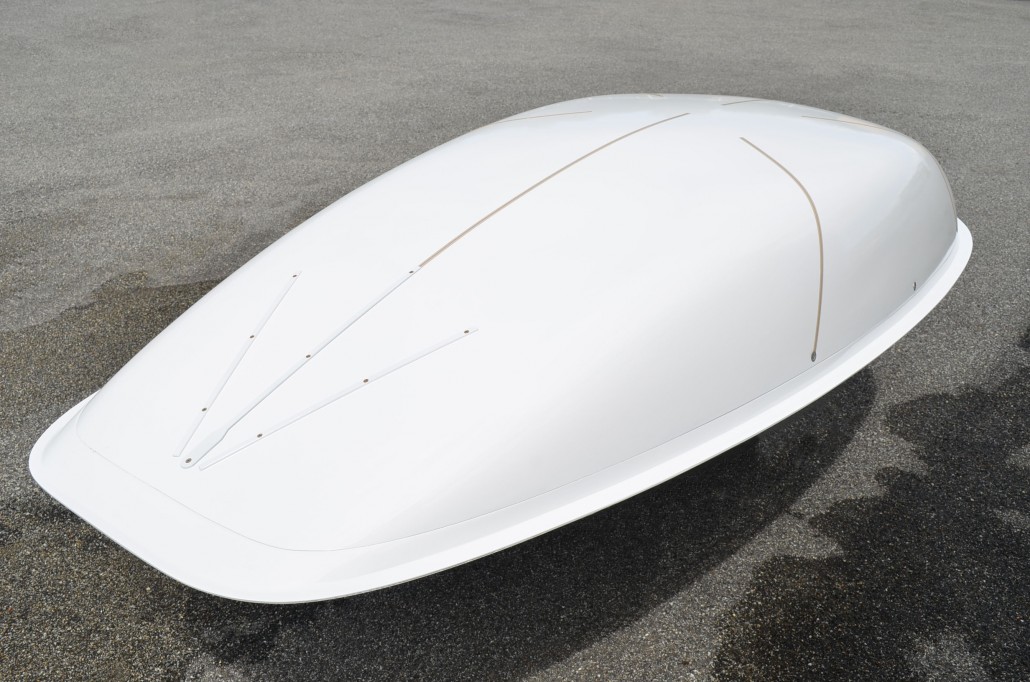 Something like this Panel Prep Surface Cleaner and Degreaser from Amazon will work just fine.
Something like this Panel Prep Surface Cleaner and Degreaser from Amazon will work just fine.
Spray a nice heavy coat of this stuff onto the plastics and give it a minute to work. This will dissolve any contaminants still on the plastics surface that might prevent the paint from sticking. After waiting a minute or so, wipe the cleaner off with a paper towel or rag.
Now apply an adhesion promoter of some kind. This will help keep the paint stuck the plastics for a long time.
It helps keep your paint job durable and prevent chipping and cracking in the future.
I use this Polyvance Plastic Magic from Amazon. It’s an aerosol spray like a can of spray paint and it’s nice and easy to work with. Apply two coats of this, making sure to let it dry completely.
You will need to let the first coat flash before applying the second. You’ll see it sort of change color and it should happen pretty quick.
Now apply a coat of a high build primer of your choice.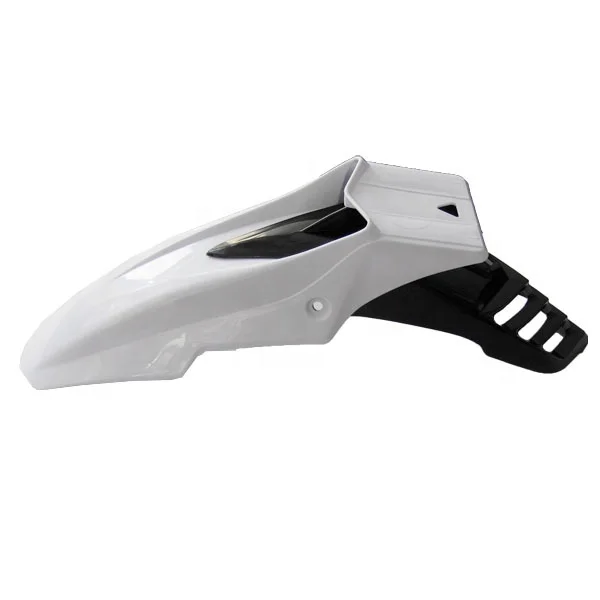 Here’s a link to a 16oz Grey High Build Primer if want to stick to the spray cans.This step is important for filling any scratches left by the sanding or sandblasting steps. Or any existing scratches you had that you want covered.
Here’s a link to a 16oz Grey High Build Primer if want to stick to the spray cans.This step is important for filling any scratches left by the sanding or sandblasting steps. Or any existing scratches you had that you want covered.
Wait for the primer to completely dry before continuing. After the primer has dried, sand it down with 320 – 400 grit sand paper. A lot of primers dry with a thin top coating you need to remove. Plus this will smooth out the surface for the next step.
Before applying the flexible sealer, now is a good time to fill any gouges and big scratches with some type of flexible filler like Putty Flex. Let cure and sand down until smooth to match the rest of the plastics.
The flexible sealer is for use over any primed plastic parts. You could skip this step, and a lot of people do because of how expensive the sealers can be. It’s not totally necessary, but will extend the life of your paint job for sure.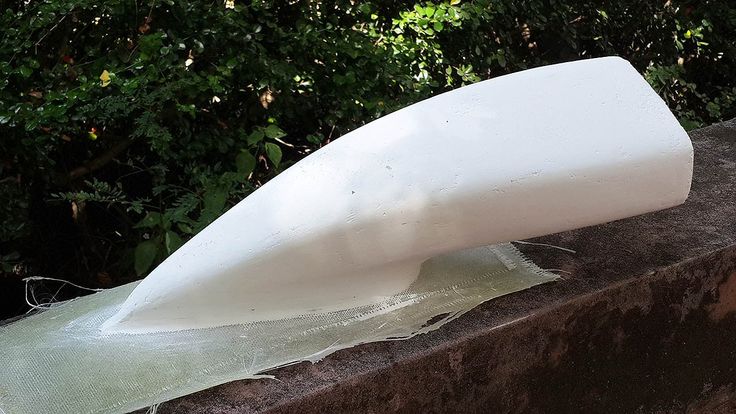
The all season sealer will protect against cracking due to the heat of summer and cold of winter. Here’s a link to a good option if you want to check it out. It’s the All Seasons Waterborne Flexible Bumper Sealer from Amazon.
Let the sealer dry completely before continuing.
Finally, the actual painting step. Use a paint and clear coat of your choice, if you still want to use spray cans the Krylon Fusion for plastic we talked about above will work. When selecting a top coat, make sure there is a flex additive in it or add one yourself.
Let the paint dry between coats and don’t put too much paint on at once. The paint will run and you’ll have to sand down and start over. If you do need to sand down the paint, just sand down to the primer or sealer, I would start with a higher grit like 600 – 800 and drop to 320 if you need to. That way you don’t have to re-do those steps.
That’s it! it’s really not too hard once you get going.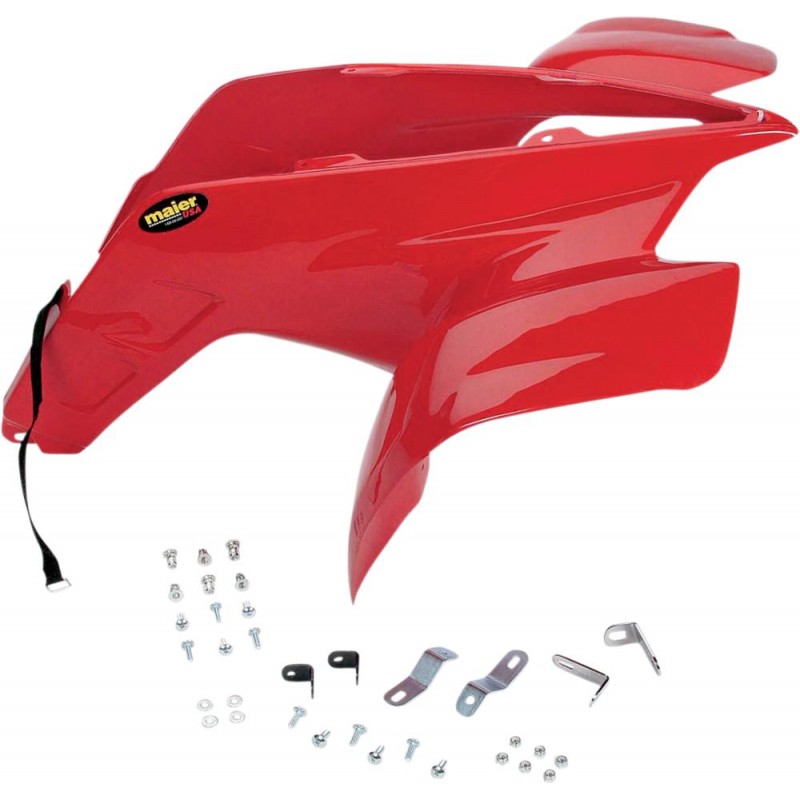 It can be time consuming waiting for all the different primers, sealers, and paints to dry though. Just to recap, the quick method works great, just won’t last for years and years. It’s definitely a lot easier though.
It can be time consuming waiting for all the different primers, sealers, and paints to dry though. Just to recap, the quick method works great, just won’t last for years and years. It’s definitely a lot easier though.
If you want your machine looking pristine, go with the professional method. your time and effort will surely show once you’re done.
Sharing is caring!
ATV from the store is a pleasure not available to everyone. Therefore, many craftsmen make quadrics with their own hands. And in this article we will talk about the most interesting of them.
In the manufacture of an ATV, everything that is in the garage and nearby can be useful. Each do-it-yourself vehicle is unique and individual, so it is difficult to talk about drawings and diagrams.
Few people describe in detail the process of building their offspring, which makes it extremely difficult to find specific information.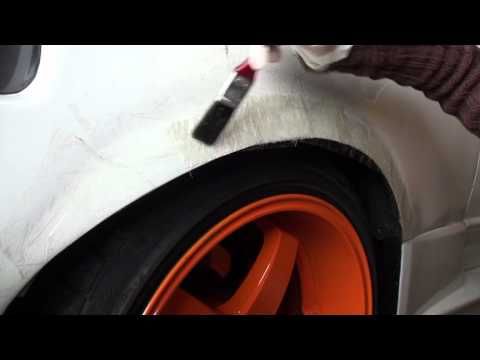 But there are exceptions.
But there are exceptions.
in 2012, the talented designer S. Pletnev shared the drawings and nuances of building his offspring.
What was used in the design of the vehicle:
| Weight | 430kg |
| Length | 2300 mm |
| Width | 1250 mm |
| Handlebar / seat height | 1250 / 900 mm |
| ground clearance, | 300 mm |
| Wheel base | 1430 mm |
| Track | 1045 mm |
| Maximum speed | 65 km/h |
Transmission made from AvtoVAZ units with some modifications.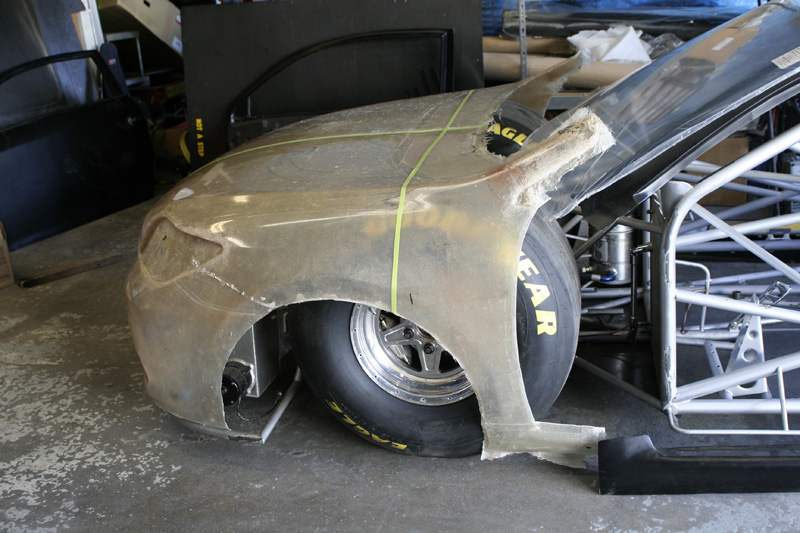 For example, to reduce speed and increase torque, a chain drive was used instead of the main pair.
For example, to reduce speed and increase torque, a chain drive was used instead of the main pair.
Cross-wheel gearboxes are borrowed from the classics, axle shafts are removed and replaced by CV joints from the front-wheel drive vase. Equal velocity joints are also used in other transmission units.
Independent suspension on triangular wishbones. Shock absorbers from Oka.
Homemade muffler of 2 sections, insulated with asbestos.
Body kit made of fiberglass. The creation of such plastic took 10 kg of epoxy resin, 1 kg of plasticizer and the same amount of hardener. 15 meters of fiberglass and 5 meters of glass mat.
ATV body kit - fiberglass. I pasted it for the first time, and therefore first studied the recommendations for the implementation of the relevant work. But as it turned out, this process is painstaking, although the result is worth it.
Bumpers and bullbars are welded from 20mm round tubes.
Photo of the finished ATV:
Material based on the article: http://modelist-konstruktor.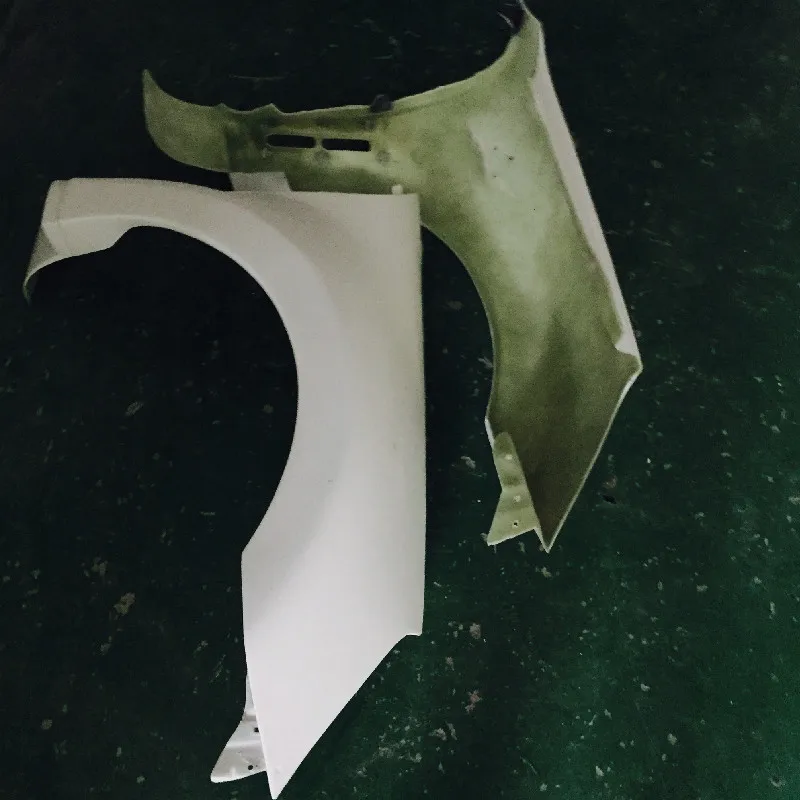 com/razrabotki/853
com/razrabotki/853
This quad is made on the basis of a Ural motorcycle.
All the details in the video.
ATV with motor IZH Jupiter. Razdatka from the motorcycle Ant.
Photo:
Generator, forced cooling, lowering, electric starter from ten, engine from a Ural motorcycle.
Video of the homemade ATV in action:
ATV is a great vehicle for off-road, but not all users like riding.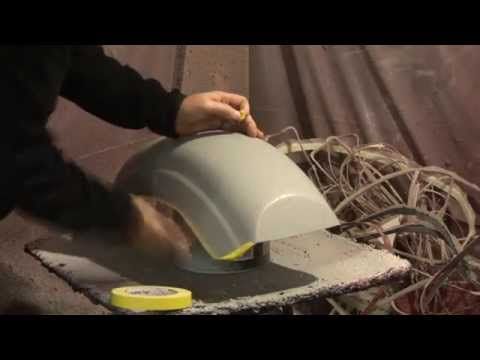 Yes, and protection against dirt and water could be more reliable. Given these shortcomings, the amateur project shown here was born.
Yes, and protection against dirt and water could be more reliable. Given these shortcomings, the amateur project shown here was born.
In this article, such a forgotten transport as a sidecar for a motorcycle enters the arena again. Yes, they are almost never hooked to motorcycles, but as a self-propelled vehicle they are increasingly common.
This time we have a Velorex sidecar, which in the 1970s and 1980s were equipped with magnificent Czechoslovak Jawa 350 motorcycles. More precisely, only the trailer body was taken into work - by the way, it was completely fiberglass.
Bugs based on the ATV and Velorex 562 sidecar of the Jawa motorcycle were conceived as vehicles for recreational trips to nature.
If we start the description "from scratch", the author did not mean the creation of a self-propelled carriage, as was the case with his other colleagues described by us. The guy wanted to have transport for cross-country rides with pleasure and comfort.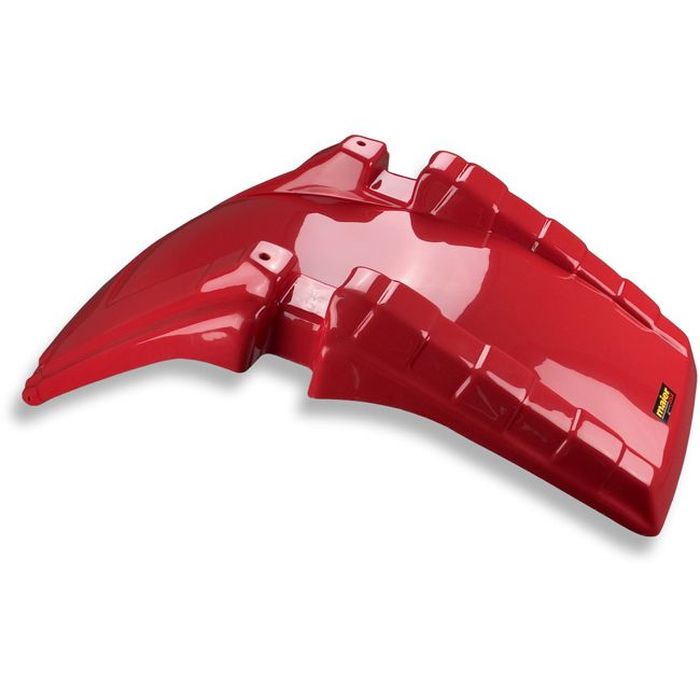 To do this, they prepared a small used ATV and a body - the same plastic cocoon from Velorex.
To do this, they prepared a small used ATV and a body - the same plastic cocoon from Velorex.
See also: The original transport: a self-propelled sidecar from a motorcycle
The creative process of combining four-wheeled and one-wheeled vehicles required the authors' determination and mastery of the instrument. Which at the first stage was the Bulgarian.
The Velorex plastic body is actually a lightweight shell that covers the frame with the ATV units attached to it.
First of all, the suspension was removed from the ATV along with the elements of the space frame on which it was attached. It was possible to dismember the plastic body of the stroller in a more civilized way in a horizontal plane (although it also could not have done without a grinder) - having cut down several dozen rivets. And then, from the lower half of the cradle, several unnecessary pieces were cut out, which prevented the installation of a frame created using parts of an ATV frame into the body.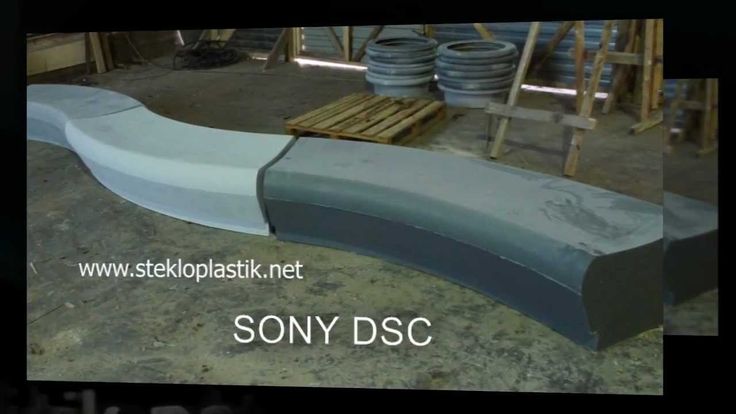 The track of the bugs turned out to be noticeably wider than that of the "quad".
The track of the bugs turned out to be noticeably wider than that of the "quad".
The Alfa Quad has a 110 cc engine. cm, together with the gearbox (4-speed "mechanics"), he fit in the trunk of the stroller - in fact, there is a better place for him. For effective cooling, an electric fan was placed in the engine compartment. The transmission of torque from the secondary shaft of the manual gearbox to the drive axle is by a short chain.
The engine, transmission, battery and the smallest components fit in the trunk of a stroller. The gas tank in the photo is temporary, the owner plans to hide it under the hood.
The steering was borrowed from the basic ATV, that is, there is no gearbox in the steering. Interestingly, due to the specifics of the Czech body, it was necessary to resort to a certain improvement in the system. This stroller does not have a lifting hood for boarding a passenger, as is done with Izhevsk side trailers. So that the buggy driver could take his place without any special tricks, the steering wheel had to be made removable.
See also: A car was made from a Dnepr motorcycle sidecar: photo
The designer, who finally acquired the status of the owner upon completion of the work, immediately positioned his offspring as bugs. To whom are bugs, to whom - a stroller with a motor, and to whom - a seated ATV, but the result was not bad. After sea trials and the elimination of identified minor shortcomings, the device began to be actively used for recreational trips to nature.
Despite the drive to only one rear axle, the cross-country ability of the buggy turned out to be very good - both in the mud and in the snow. Probably the reason is the well-loaded drive wheels and the properties of the toothy tires inherited from the ATV. The car is not afraid of puddles, rough roads, or complete off-road.
The buggy has a drive only on the rear axle, but the permeability is high through the correct tires and favorable loading of the driving wheels.
In a word, in general, the expectation of the designer and owner of the buggy ATV justified.